Hive Center for Contemporary Art is pleased to announce the solo exhibition “Afterthoughts” by Korean artist Xian Kim, opening on May 17, 2025, in Hive Beijing Spaces B and C. As a renewed collaboration following her participation in the 2023 group exhibition “Polireality,” this exhibition marks the artist’s first solo presentation in China, featuring over twenty newly created paintings. Curated by Zhao Xiaodan, the show will run through June 18.
Born in Seoul, Korea in 1992, Xian Kim received her BFA in Printmaking from the Academy of Arts & Design at Tsinghua University in 2014 and her MFA from the Printmaking Department of the Central Academy of Fine Arts in 2018. She currently lives and works in Seoul. Deeply influenced by her grandfather, a Nihonga painter, Kim developed an early intuitive understanding of restraint and layering in materials—sensibilities that continue to inform her exploration of diverse pictorial media. Her artistic practice begins with a contemplative gaze upon “objects”—carriers of mythological, metaphorical, or taboo significance within different cultural frameworks. Through a process of sculptural transformation and plasticization, Kim detaches these objects from their original contexts, refining them in an almost meditative state into aestheticized vessels of projection and desire.
In “Afterthoughts,” Kim intentionally adopts a narrative mode of “peering.” Her compositions often unfold from elevated angles or behind curtains, emphasizing modes of concealment, restraint, and moral ambivalence. This voyeuristic sensibility is not only present in the visual framing but also imbued in her material emphasis and arrested gaze: curtains, screens, tablecloths, ceramics, and extinguished cigarette butts coalesce into a scene of silence and suggestive presence. Kim’s compositional strategies are far from purely formalistic—they resonate with long-standing visual regimes embedded in East Asian cultural history. The act of peering, while obscuring narrative clarity, simultaneously reveals emotional structures and ethical tensions. From the interstitial spaces formed by screens and veils to recurring tropes of voyeurism in cinema and literature, her work reflects a deep inquiry into the psychological structure of looking and being looked at, and the latent power dynamics therein.
The spatial arrangement of Kim’s compositions draws from her years of study in China, where she cultivated a nuanced understanding of pictorial layering and spatial articulation. The seemingly illogical placement of objects in her paintings—soiled floors, wrinkled fabrics, singed holes, and bent brushes—do not aim to recreate real-life interiors but instead summon an absent subject. In East Asian traditions, the domestic interior is not merely a shelter but a repository of desire and memory. The seemingly random presence of everyday items and textiles builds a delicate, secretive connection between the dwelling and the body. Kim’s imagery weaves a dense forest of signs, leading viewers into an extended perception of intimacy, memory, and emotional sedimentation.
The notion of an afterthought, or a lingering affect, is itself a cultural modality of response—one that privileges slowness, reticence, and recurrence. Kim’s seemingly gentle brushwork conveys the sensitive undercurrents unique to East Asian cultural sensibilities, while also constructing a suspended psychological space between revelation and concealment. Her tables, veils, and vessels function as understated yet stable installations. By placing objects into these composed environments with a near-floating quality, the artist dislocates them from reality, imbuing them with a lightness tinged with weariness. Through painting, Kim interlaces her own gaze with that of the viewer, allowing vision to drift across the surface of silent objects in the ebbing tide of desire. In these moments, the viewer’s imagination of the subject within private space is quietly molded and inscribed.
Rich in visual metaphors, Kim’s works invest the notion of “Afterthoughts” with reflexivity: a process of seeing the other while simultaneously glimpsing the self. Entangled in folds and nets woven from intimacy, desire, taboo, and emotional distance, looking becomes a trace of perception moving along the circuits of the subconscious—pausing, looping, and returning. Closely tied to Kim’s multi-national East Asian identity, her artistic practice employs oblique visual strategies that echo the cultural intersections and historical imprints of China, Japan, and Korea. These cultural tensions situate the artist in a perpetual process of suspension, deconstruction, and reformation. From a perspective informed by both female and queer experiences, Kim’s work delves into the gaze structures and affective states that reside within intimate spaces. The spatial dislocations and overlapping in her paintings reflect not only the internal tension of individual psyches but also broader patterns of emotional repression and release. Through precise compositions and potent symbolism, Kim captures the diffuse emotional atmospheres of contemporary society—fracture, unease, and fatigue—that surge and recede like tides through the fissures of consciousness and culture.
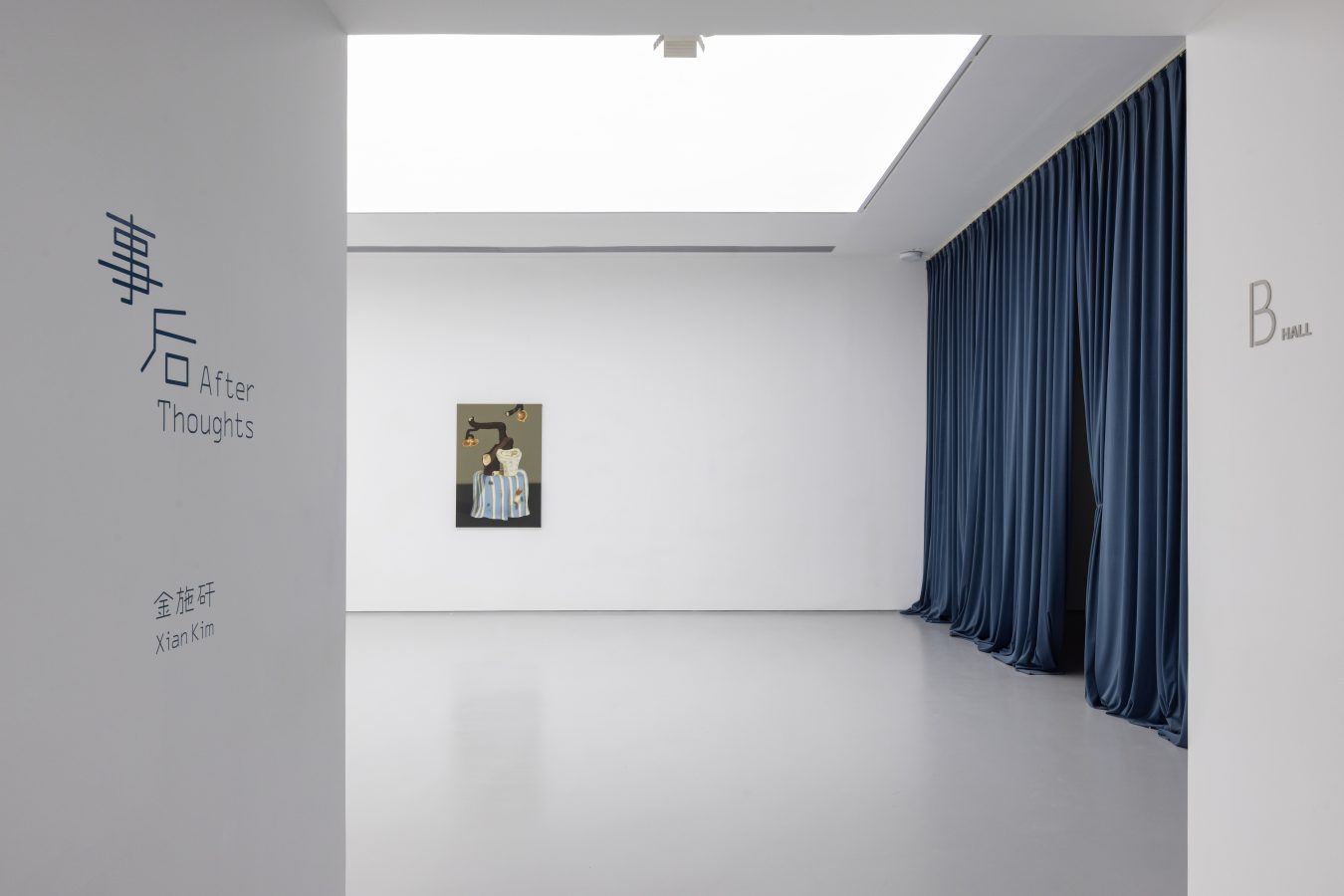
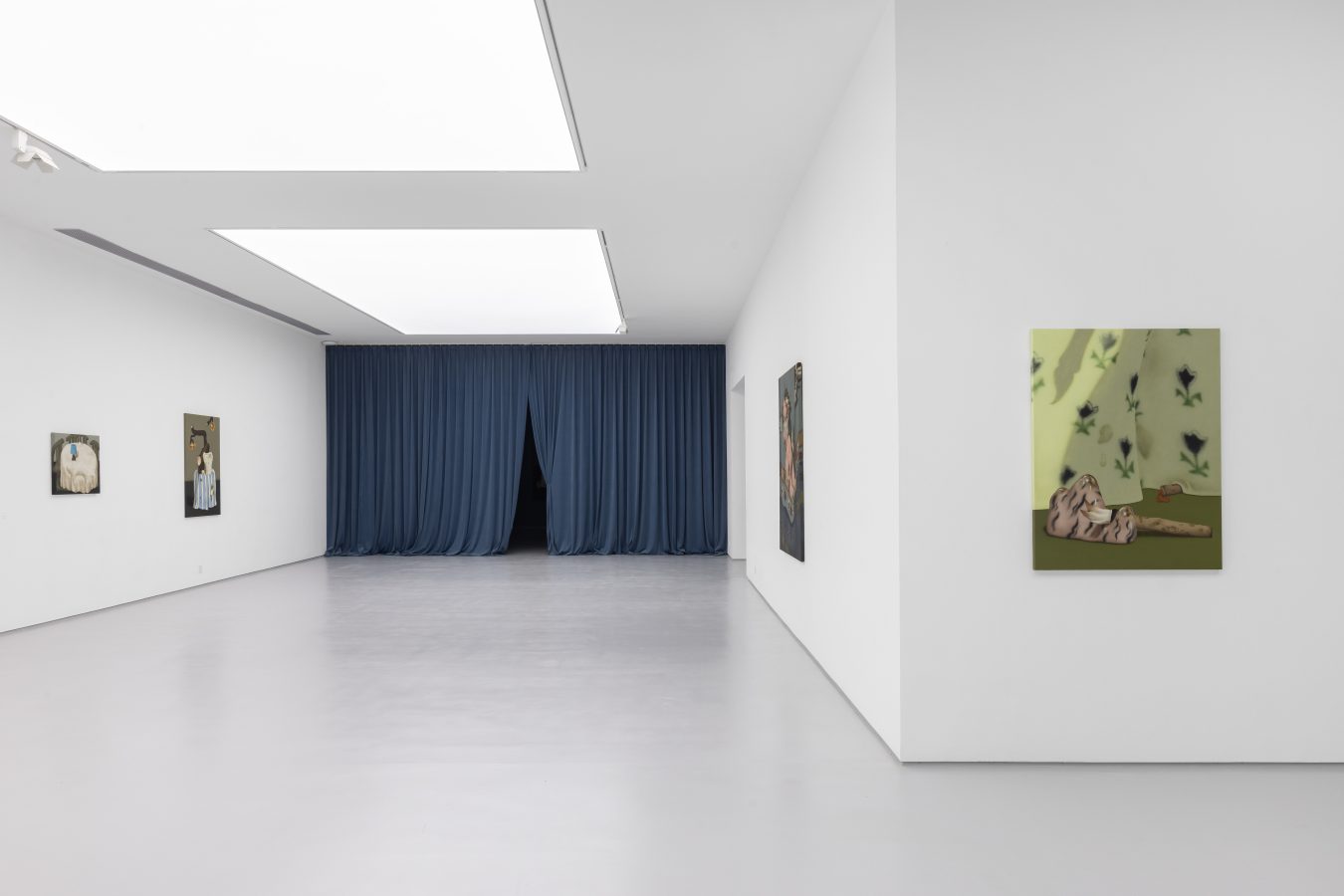

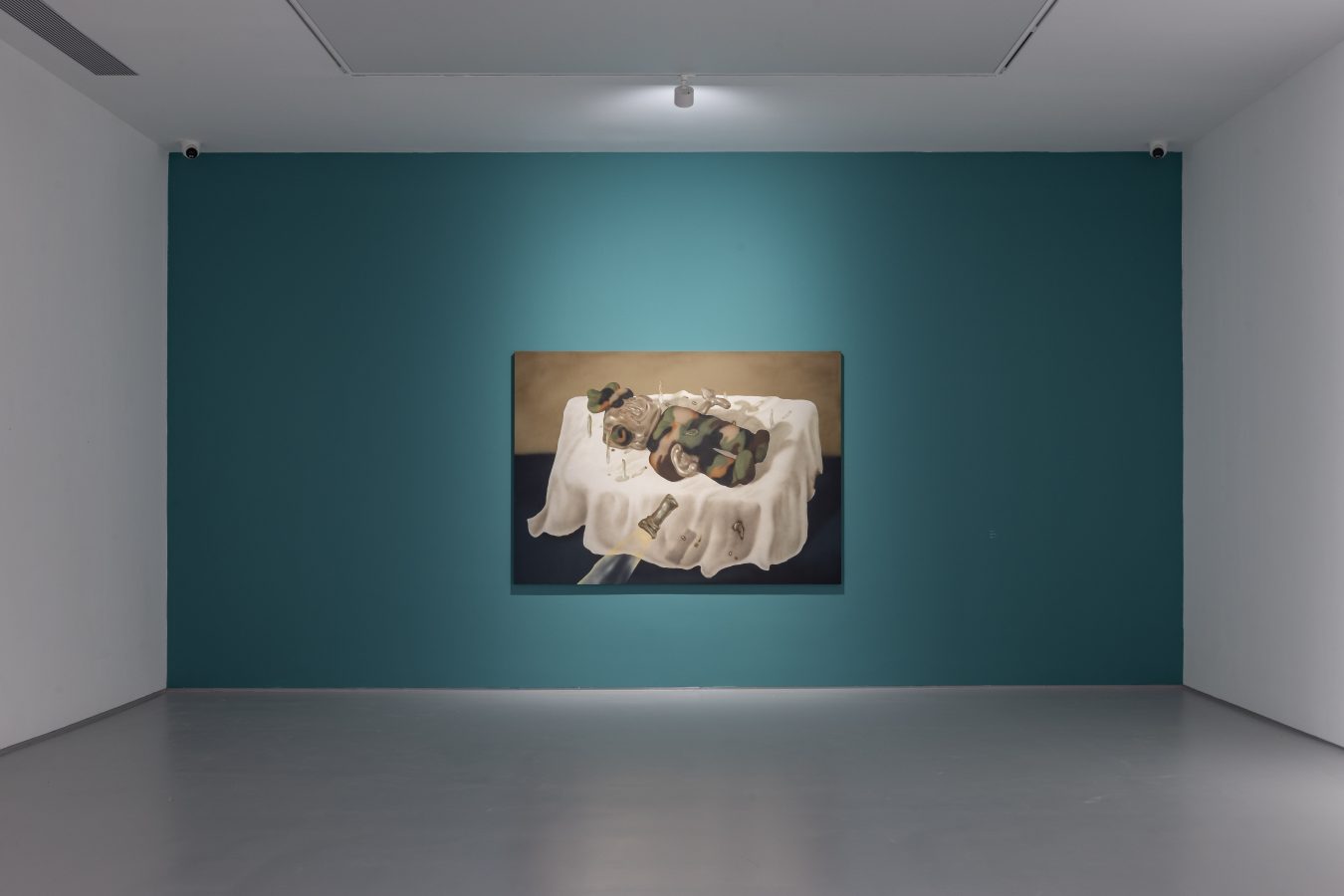
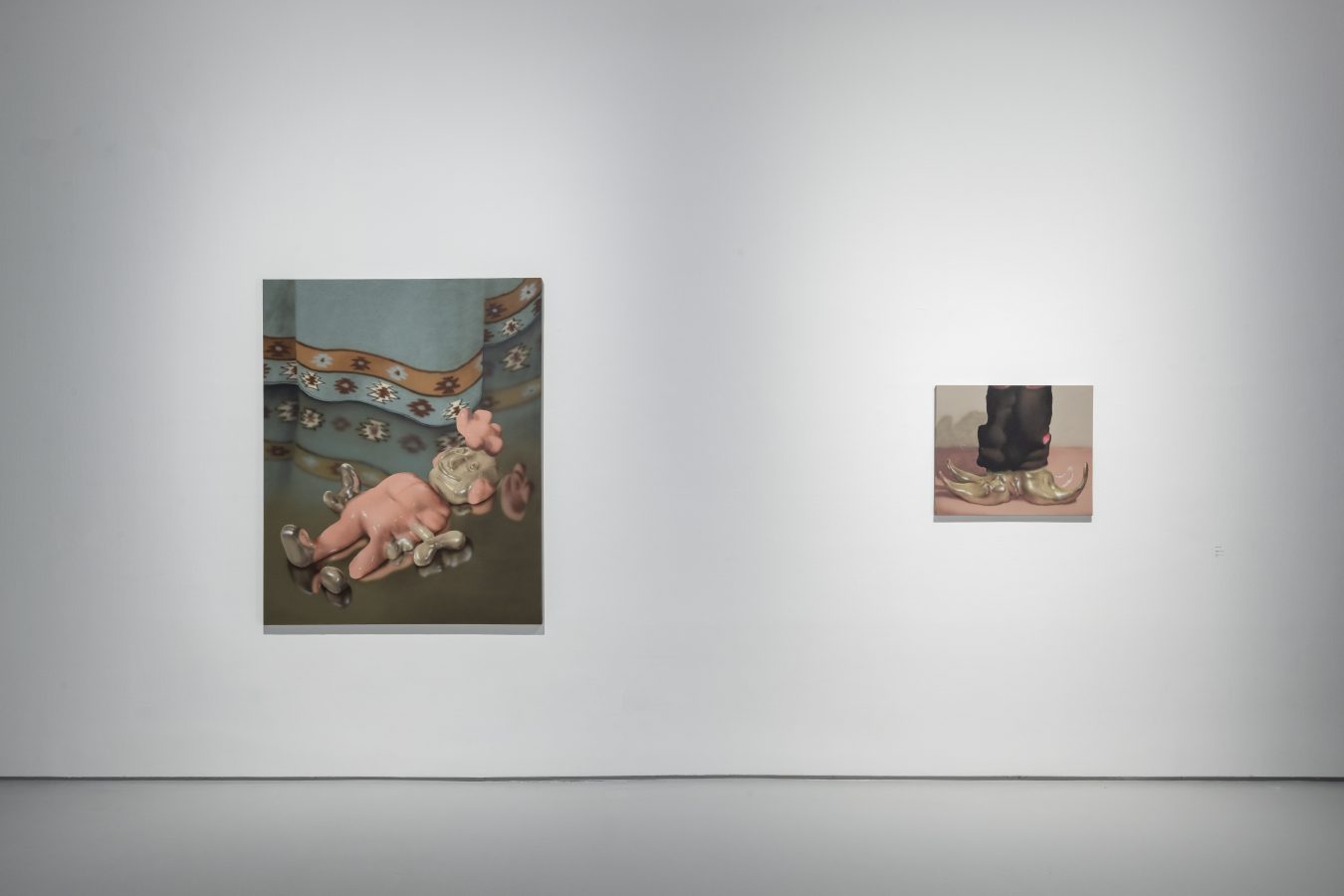
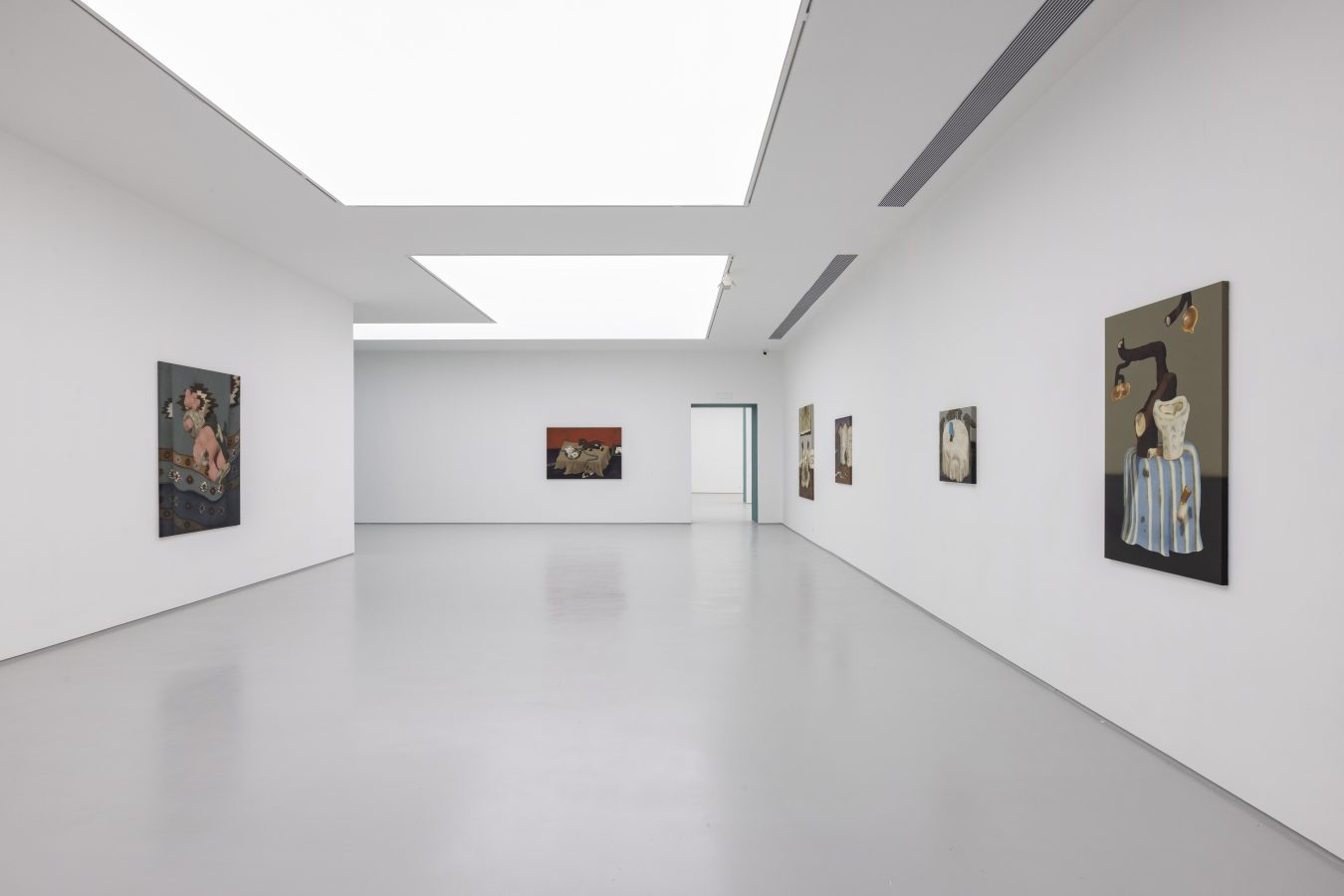
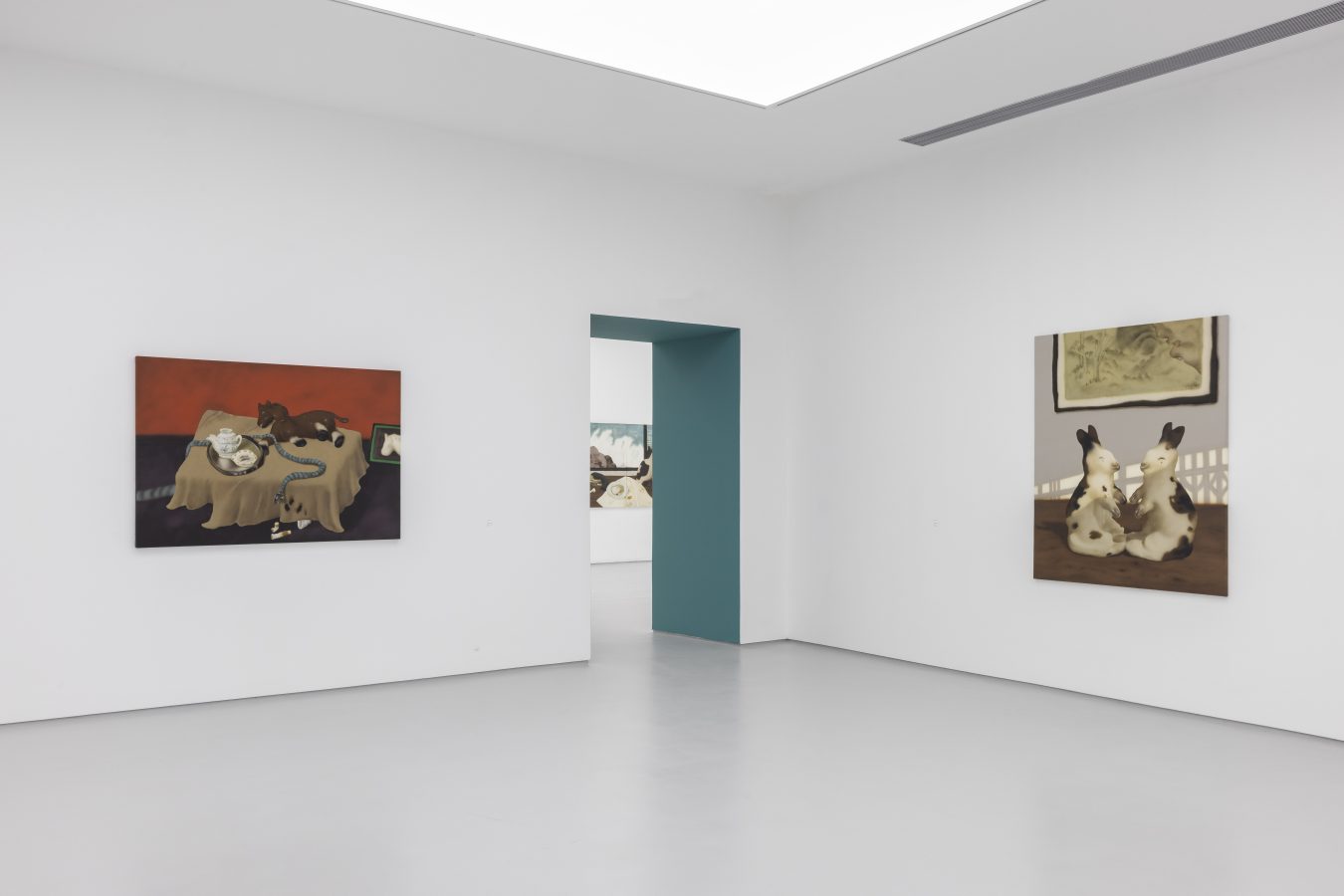

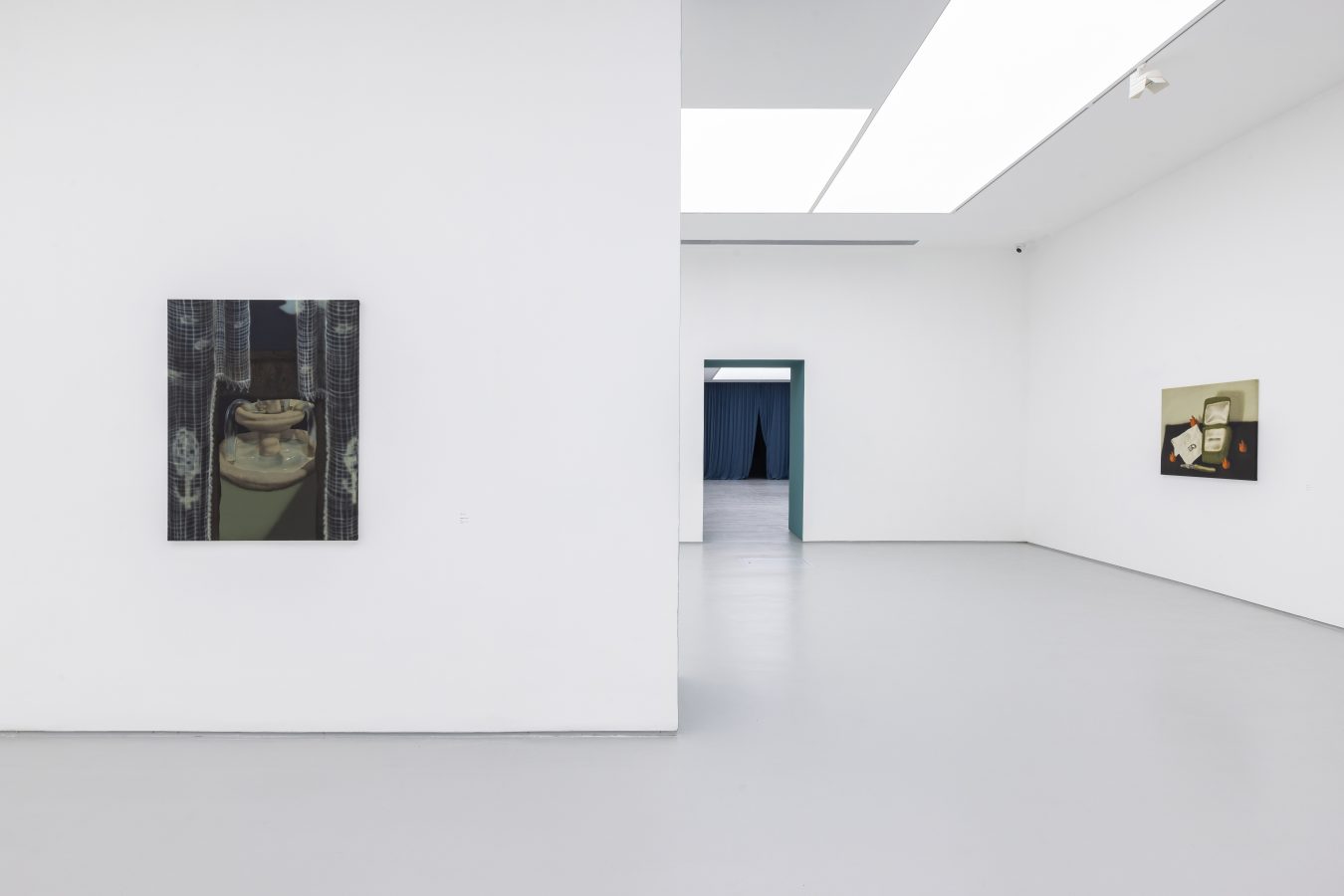
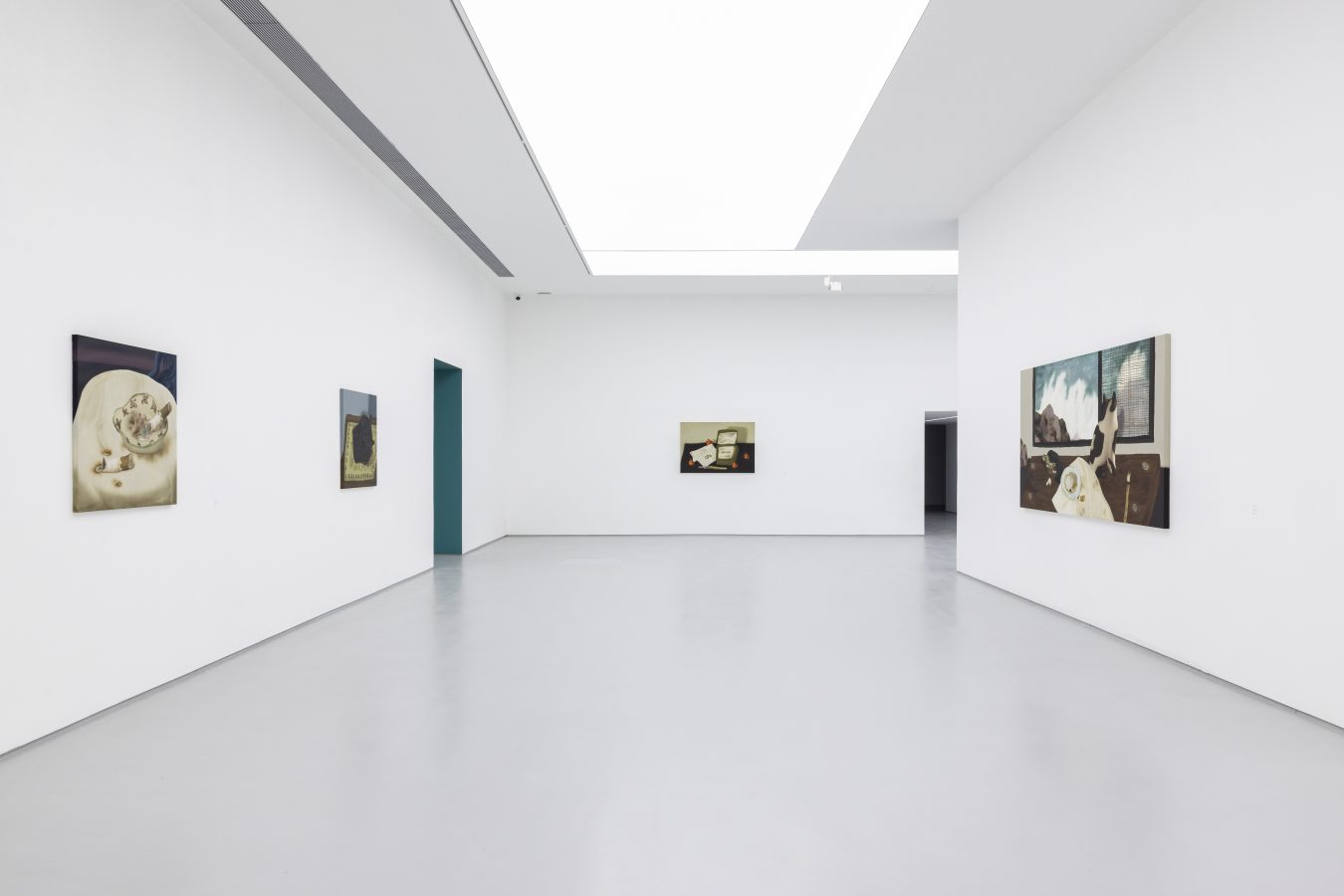
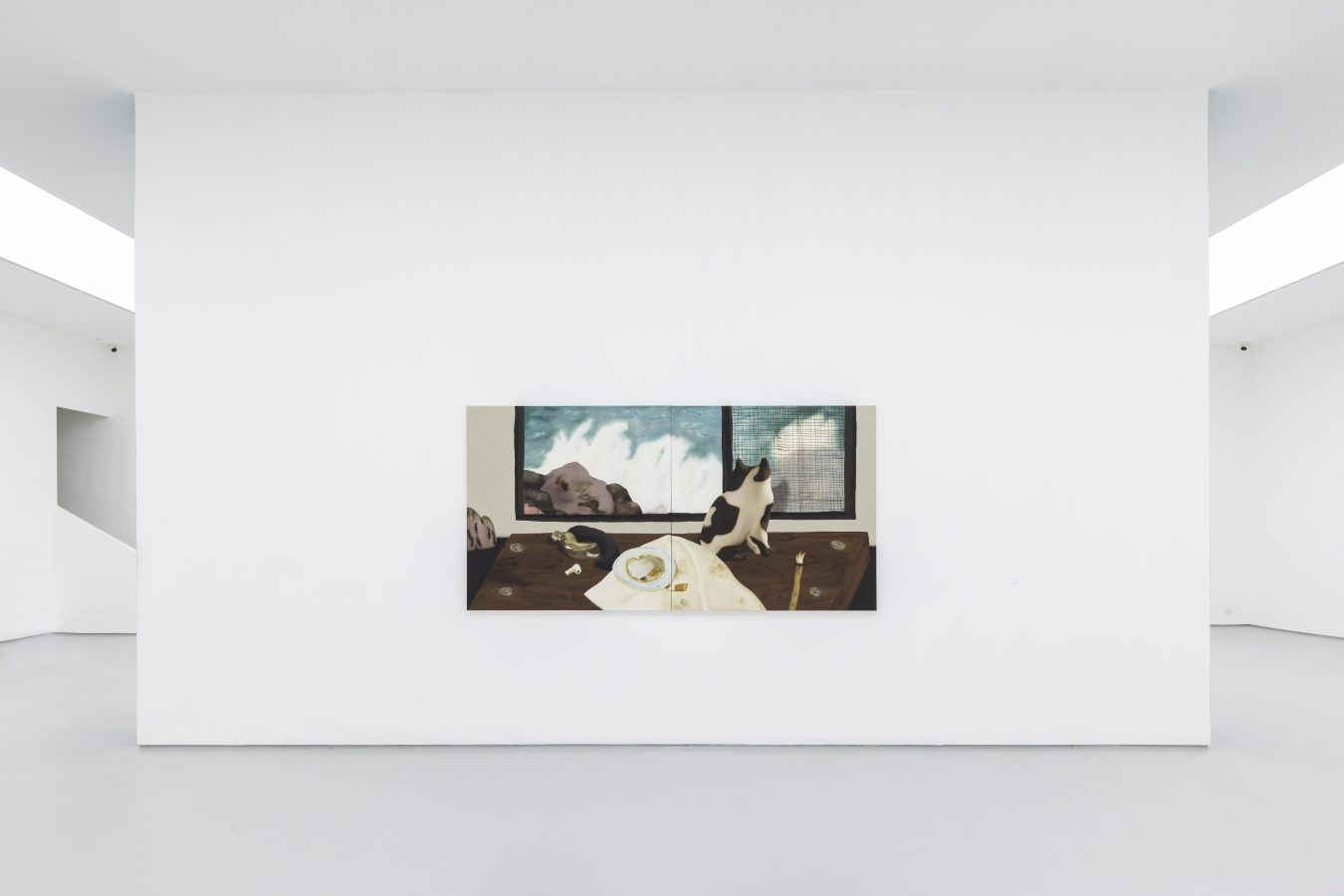
Object-364-2025-布面丙烯-Acrylic-on-canvas-71×85cm-600x500.jpg)
Object-366-2025-布面丙烯-Acrylic-on-canvas-60×73cm-600x500.jpg)
Object-370-2025-布面丙烯-Acrylic-on-canvas-91×91cm-600x599.jpg)
Object-372-2025-布面丙烯-Acrylic-on-canvas-112×162cm-600x413.jpg)
Object-373-2025-布面丙烯-Acrylic-on-canvas-162×228cm-600x428.jpg)
Object-374-2025-布面丙烯-Acrylic-on-canvas-162×130cm-600x746.jpg)
Object-375-2025-布面丙烯-Acrylic-on-canvas-162×130cm-600x754.jpg)
Object-376-2025-布面丙烯-Acrylic-on-canvas-91×117cm-600x774.jpg)
Object-377-2025-布面丙烯-Acrylic-on-canvas-162×130cm-600x747.jpg)
Object-379-2025-布面丙烯-Acrylic-on-canvas-260×130cm1-600x300.jpg)
